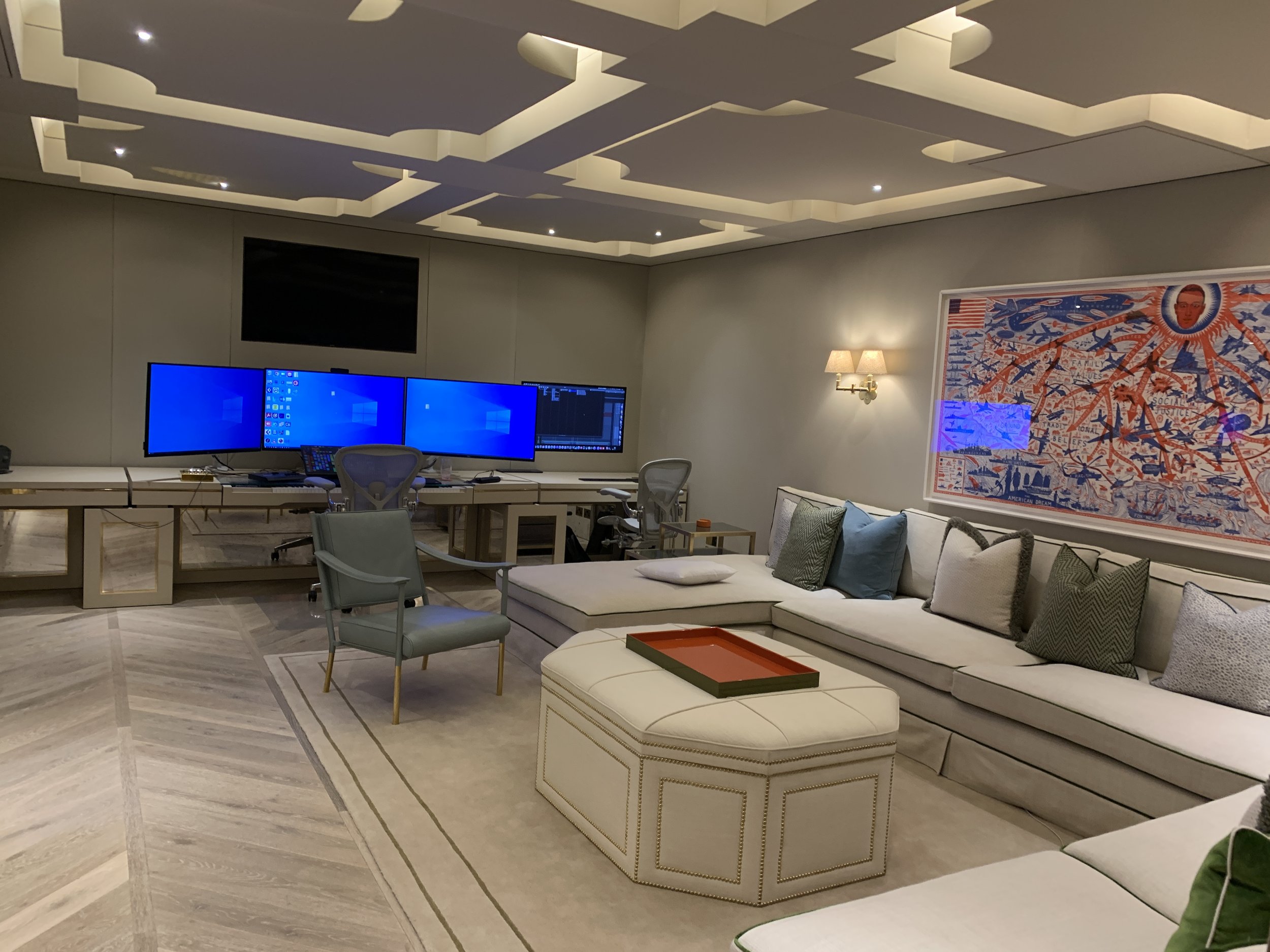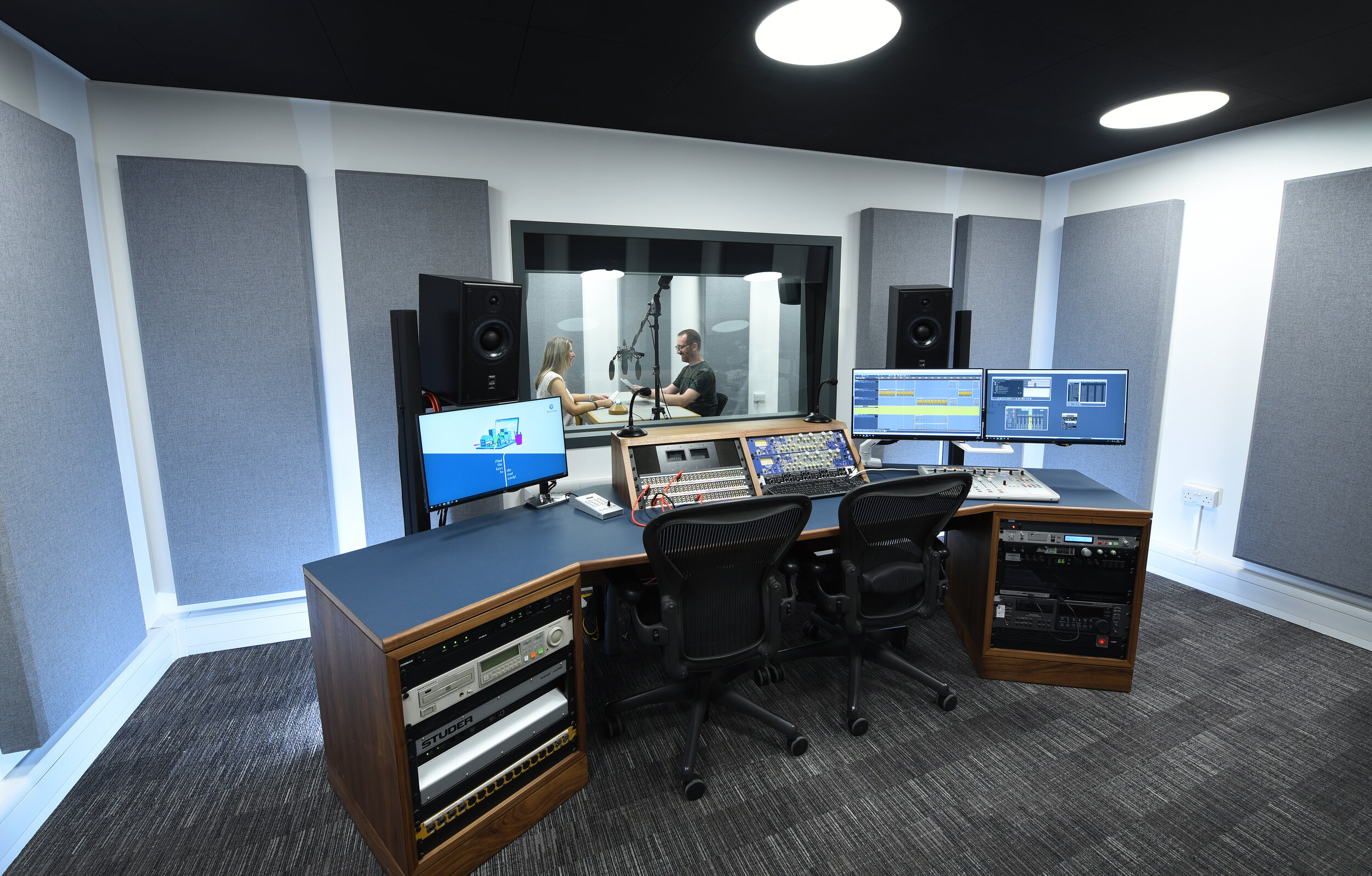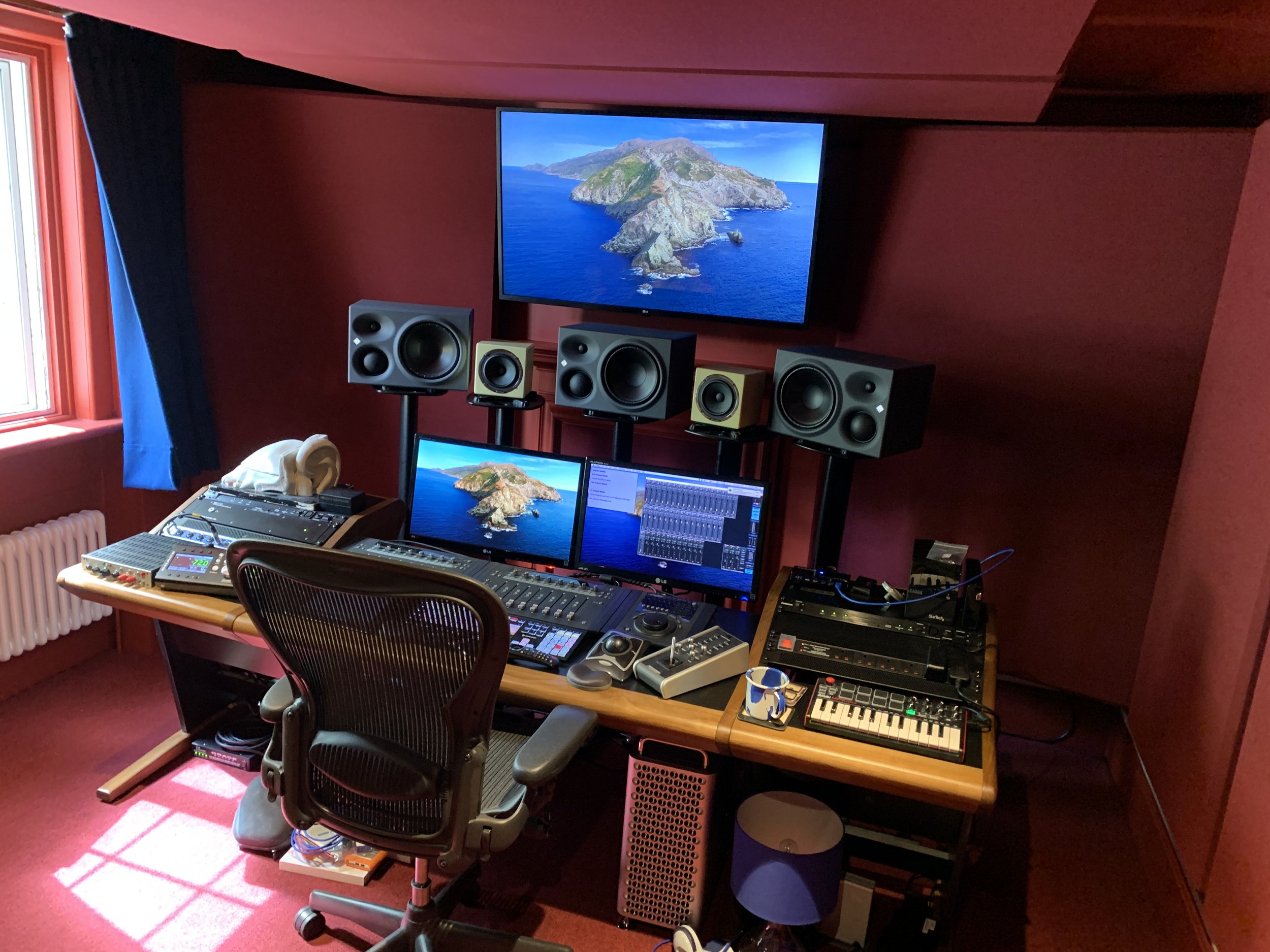Recording studio design is at the core of our business. Between our audio consultants we have many years of experience working in and subsequently designing and building recording studios of all types, shapes, sizes and budgets. More frequently, though, we are called upon to specify and provide internal acoustic treatment within existing rooms to allow their use as recording studios or other production environments.












“Thank you so much for this incredible new studio! It is truly awesome and I can’t believe it’s actually mine! The studio and Yellow Tech have exceeded all my expectations, which is quite something, believe me!”
Clients approach Yellow Technology at various stages of their studio projects. Sometimes we’re involved right through from design to completion, other times we might be improving an existing space or providing part of the solution.
There are many processes and components that go into any production studio and we have expertise in all these areas.
The design of a room is essential, not just to the acoustic performance of the room itself, but to the effective workflow of those that are using the facility. The rooms we work with are creative spaces, so form has an important place alongside function. We consider many areas:-
What are the sound insulation requirements? Do you need to keep sound in or out? What sound are you producing? What noises surround you? How important is total silence? Sometimes it is assumed that every studio needs to be perfectly isolated from its surroundings, whereas actually this is rare. Very high levels of sound insulation are also expensive, so a pragmatic approach is often required;
How do you work? What do you need to be able to access and when? How do you spend most of your time? We need to understand the ergonomics of your workflow so that we can ensure everything is just where you want it and that nothing is impeding your workflow. This is often a combination of effective wiring systems and intelligent furniture and joinery design;
What hardware and software do you use now, and how might that change in the future? We always try to build in some redundancy and expandability. Studios never stay the same for long. If a new, revolutionary piece of equipment comes along, you don’t want your studio to tell you you can’t take advantage of it;
What will the room sound like? This is critical, of course, but some times more critical than others! As a mastering engineer, it is probably the most important issue, but if you don’t produce a final product, it may be less of a priority;
What is your budget? It is a popular misconception that we only work with big names and big budgets. We don’t. We work with established names and big corporations, but we also work with industry newcomers on very tight budgets. Either way, budget is important. We need to know what these parameters are in order that we can help to advise the most effective solution, allocating the budget in the most sensible way. And it’s rarely a one-off project. We frequently break down projects into smaller pieces in order to prioritise the most important elements;
How do you want it to look? As a creative space, you have to like being in it. We have built hundreds of studios, not all of which fit with our own aesthetic preferences! It’s about you, and we never forget that.


